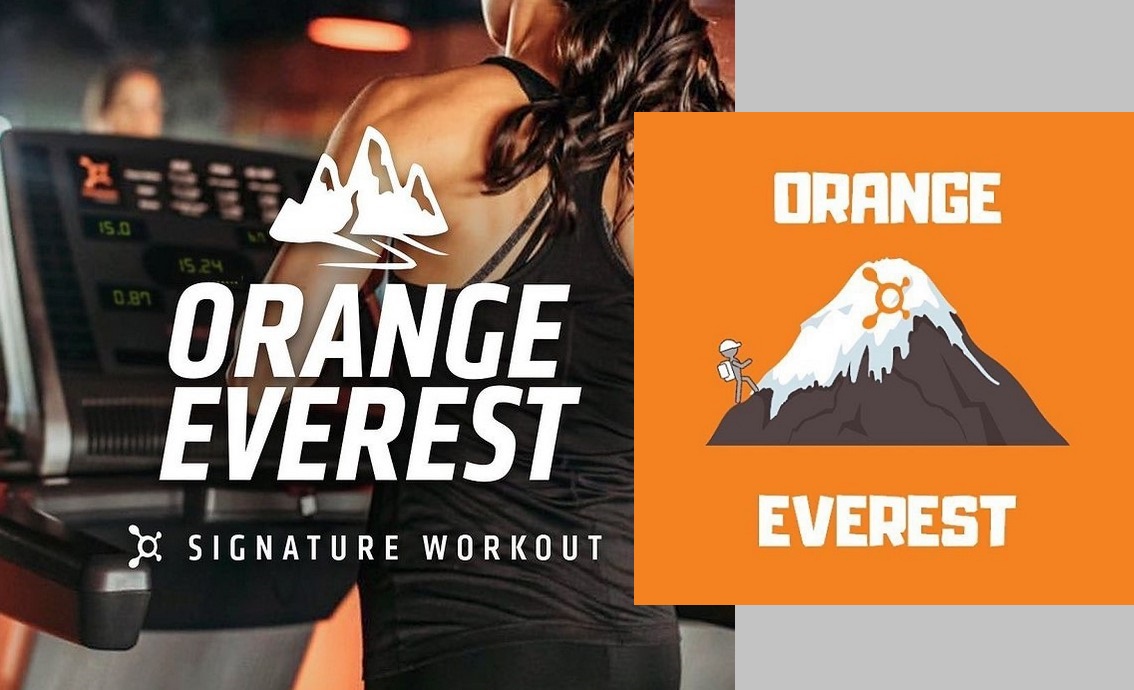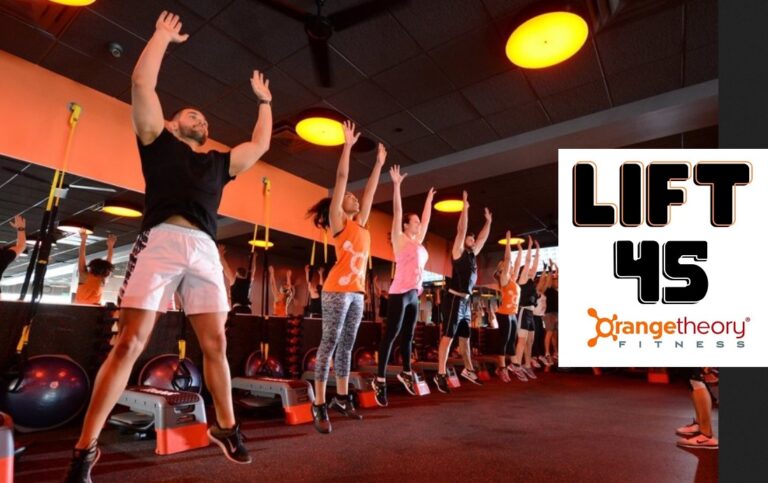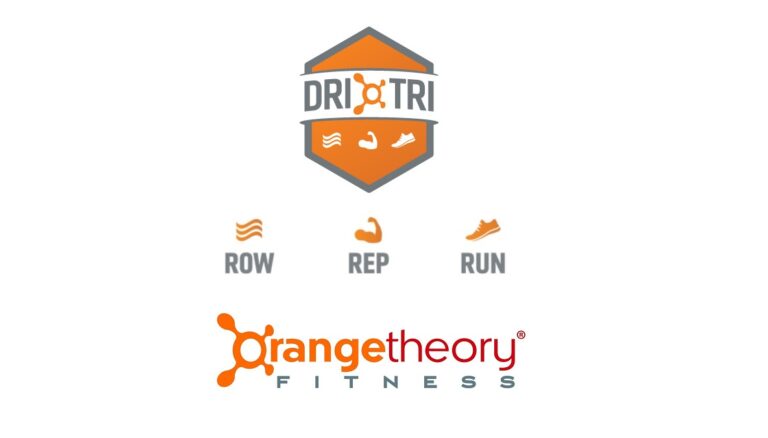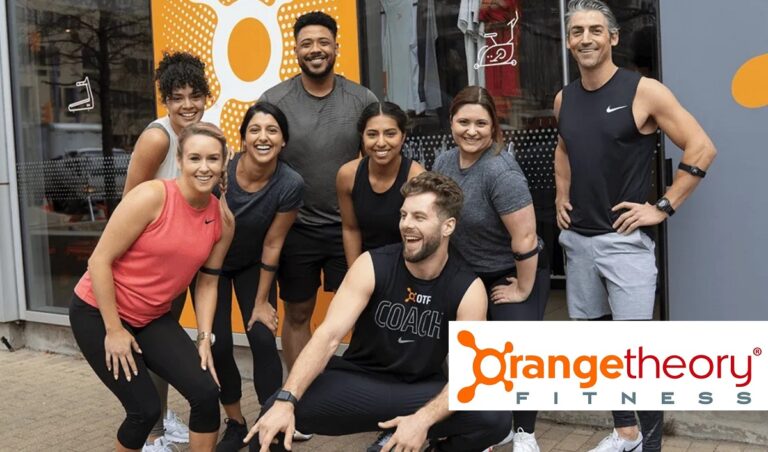Orangetheory Everest Workout: Template, Strategy, Goal and Tips
The Orangetheory Everest Workout is a challenging and exhilarating signature workout that takes participants on a virtual mountain climbing journey on the treadmill. The goal is to reach the highest incline possible, conquer the peak, and then descend back down.
This intense and dynamic workout pushes participants to test their limits, endurance, and mental strength.
Whether you’re a seasoned athlete or a fitness enthusiast looking for a new challenge, the Orangetheory Everest Workout is designed to elevate your fitness journey to new heights.
What is the Orangetheory Everest Workout?
The Orangetheory Everest Workout is a special challenge on the treadmill involving incline intervals. Participants start at a designated incline (typically 2% for 2G and 3G classes), and every minute, the incline increases until reaching the peak incline of 15%. After conquering the summit, participants gradually descend back down the inclines.
The challenge is to cover the farthest distance possible on the treadmill within the time frame while navigating the varying incline levels.
Orangetheory Everest 2G
The Orangetheory Everest 2G session is an exhilarating 23-minute treadmill challenge that takes participants on a virtual mountain climb. The workout starts at a 2% incline, and every minute, the incline increases by 1% until reaching the peak of 15%. Participants then descend from 15% to 14% before continuing with a 2% decline every minute. The final minute of the treadmill block is an All-Out effort at 1% incline.
It’s important to note that the Everest 2G class is just like any other Orangetheory class, and there’s no need to stress out or overthink it.
The treadmill portion lasts for 23 minutes, followed by the rower and floor blocks for the remaining half of the class.
Orangetheory Everest 3G
Everest 3G is a slightly shorter version of the challenge, lasting only 14 minutes on the treadmill. Despite the shorter duration, the incline increases by 2% every minute until reaching the 12% incline. Then, there’s a jump to the peak incline of 15%.
After conquering the summit, the decline phase begins at 13% incline, gradually reducing by 2% every minute until reaching 1%. Once the 14-minute treadmill block is completed, participants transition to the floor and rower block for the rest of the 3G class.
Orangetheory Everest 2G Vs. 3G classes?
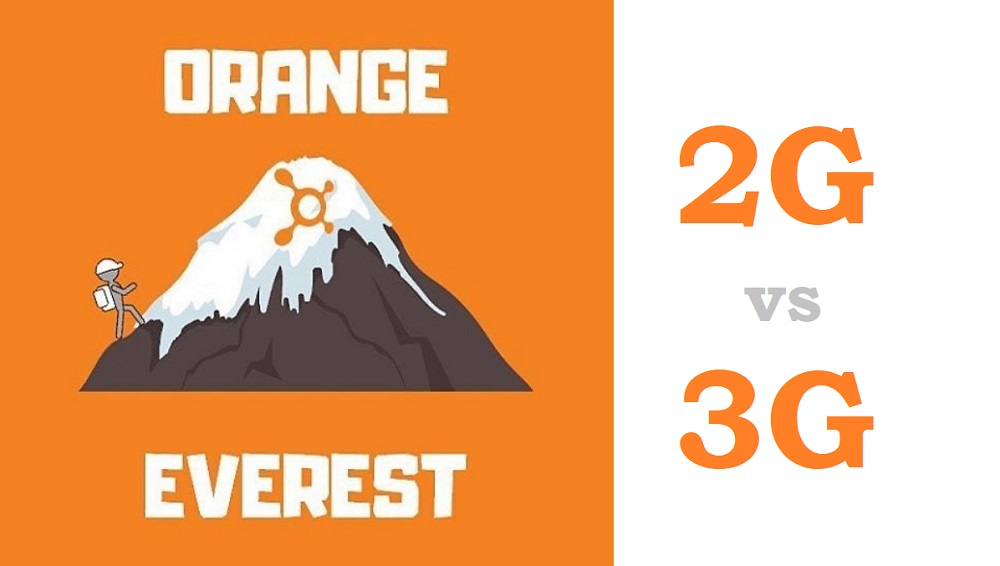
The main difference between Orangetheory Everest 2G and 3G classes lies in the duration and the incline increments. In a 2G class, the challenge lasts approximately 23 minutes, and the incline increases by 1% every minute up to 15%, then decreases back to 14%, and so on.
On the other hand, a 3G class is shorter, with only 14 minutes on the treadmill. In a 3G class, the incline increases by 2% each minute until reaching 12%, then jumps to 15% before the decline phase starts.
What are the distance goals for Orangetheory Everest 2G and 3G classes?
The distance goals for the Orangetheory Everest Workout vary depending on the fitness level and chosen workout mode (treadmill, bike, or strider). Here are the general distance goals for each category:
Orangetheory Everest 2G Goals:
- Power Walkers: 1.4+ miles
- Joggers: 1.75+ miles
- Runners: 2.0+ miles
- Bike Riders: 7.0+ miles
- Strider Users: 5.3+ miles
Orangetheory Everest 3G Goals:
- Power Walkers: 0.84+ miles
- Joggers: 1.05+ miles
- Runners: 1.2+ miles
- Bike Riders: 4.2+ miles
- Strider Users: 3.18+ miles
Data Source: Coda.io
Orangetheory Everest Workout Templates
The workout is divided into two formats: Everest 2G and Everest 3G, each offering a unique experience. While templates may vary slightly between studios, here’s a glimpse of what you can expect in both formats:
Orangetheory Everest 2G Template:
Treadmill Block – 23 minutes
- 1 minute at base pace @ 2% incline
- 1 minute at base pace @ 3% incline
- 1 minute at base pace @ 4% incline
- 1 minute at base pace @ 5% incline
- 1 minute at base pace @ 6% incline
- 1 minute at base pace @ 7% incline
- 1 minute at base pace @ 8% incline
- 1 minute at base pace @ 9% incline
- 1 minute at base pace @ 10% incline
- 1 minute at base pace @ 11% incline
- 1 minute at base pace @ 12% incline
- 1 minute at base pace @ 13% incline
- 1 minute at base pace @ 14% incline
- 1 minute at base pace @ 15% incline (Peak)
- 1 minute at base pace @ 14% incline
- 1 minute at base pace @ 12% incline
- 1 minute at base pace @ 10% incline
- 1 minute at base pace @ 8% incline
- 1 minute at base pace @ 6% incline
- 1 minute at base pace @ 4% incline
- 1 minute at base pace @ 2% incline
- 1 minute Push effort
- 1 minute All-Out effort
Floor Block – 14.5 minutes
Block 1:
- Reps: 12/10/8/6
- Increase weight as reps decrease
- Exercises:
- Dumbbell Close Grip Chest Press
- Dumbbell Seated Hammer Curl
- Dumbbell Front Squat
- 250m Row (once)
Block 2:
- Reps: 6/8/10/12
- Maintain weight as reps increase
- Exercises:
- Dumbbell Bench Plank Single-Arm Low Row (each side)
- Dumbbell Seated Overhead Tricep Extension
- Bodyweight Straight Leg Raise x 20
Orangetheory Everest 3G Template:
Treadmill Block – 14 minutes
- 1 minute run @ 2% incline (Start)
- 1 minute run @ 4% incline
- 1 minute run @ 6% incline
- 1 minute run @ 8% incline
- 1 minute run @ 10% incline
- 1 minute run @ 12% incline
- 1 minute run @ 15% incline (Peak – Go from 12% to 15%)
- 1 minute run @ 13% incline (Downhill begins)
- 1 minute run @ 11% incline
- 1 minute run @ 9% incline
- 1 minute run @ 7% incline
- 1 minute run @ 5% incline
- 1 minute run @ 3% incline
- 1 minute All-Out effort @ 1% incline
Rower Block:
- 200 meters
- 12 Med Ball Squats to Shoulder Press
- 12 Med Ball Rotating Lunges
- Increase the row by 100 meters and the exercise by two for each round.
Floor Block – Varies
Floor blocks in Everest 3G may differ between studios and sessions. They often include a mix of strength and bodyweight exercises.
Data Source: Reddit Source 1, Reddit Source 2
When is Orangetheory Everest?
Orangetheory Everest challenges occur approximately three times throughout the year, meaning participants can expect the exhilarating climb every 3 to 4 months.
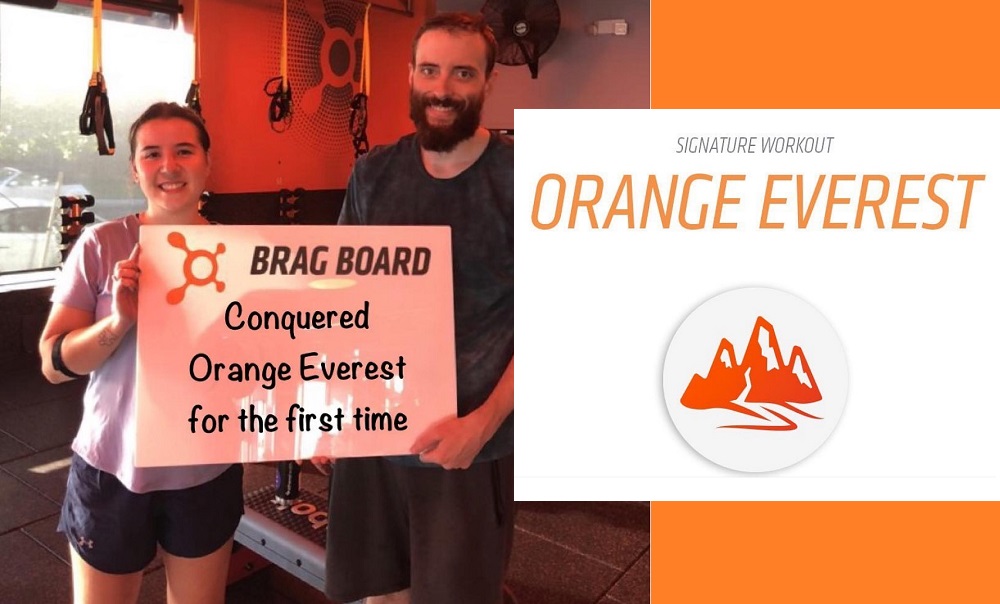
Orangetheory Everest Workout Strategies and Tips
- Start at a comfortable base pace and gradually increase your incline to conserve energy for the steeper sections.
- Maintain proper form to avoid injury, especially during the decline phase. Keep your knees up and focus on controlled strides.
- If you’re new to climbing workouts, consider combining power walking and jogging for a more manageable challenge.
- Listen to your body and adjust your intensity as needed. It’s okay to alternate between running and power walking.
- Use your previous Everest workout distance as a benchmark to track your progress and set new goals.
- Embrace the challenge of reaching the peak incline, knowing that the energy will return during the downhill phase.
- Remember, it’s not just about the distance covered but also about challenging yourself and pushing your limits.
Data Source: Coda.io
FAQ’s
What makes the Orangetheory Everest Workout unique and exciting?
The Orangetheory Everest Workout stands out due to its unique format and exhilarating challenge on the treadmill. Participants get the opportunity to push their physical limits, experience a sense of accomplishment, and be part of a supportive fitness community during this signature workout event.
Is the Orangetheory Everest Workout only for advanced athletes?
No, the Everest Workout is suitable for participants of all fitness levels. Orangetheory Fitness classes are designed to be inclusive and adaptive, allowing everyone to participate and challenge themselves according to their abilities.
Can I track my progress in the Orangetheory Everest Workout?
Yes, participants can track their progress and achievements in the Orangetheory Challenge Tracker app. By recording their distances and accomplishments, they can monitor their improvement over time and celebrate their fitness milestones.
Can anyone participate in the Orangetheory Everest Workout?
Yes, the Orangetheory Everest Workout is designed for all fitness levels. The workout is adaptable, allowing participants to adjust their intensity based on their abilities. Whether you are a walker, jogger, or runner, you can tailor the challenge to suit your fitness level.
How often does the Orangetheory Everest Workout take place?
The Orangetheory Everest Workout is held approximately three times a year. Participants can expect the challenge to occur every 3 to 4 months, providing them with exciting opportunities to test their progress and conquer the Everest challenge.
Final Words
The Orangetheory Everest Workout is a unique and engaging experience that allows participants to conquer virtual peaks while elevating their fitness journey.
Whether you’re a first-timer or a seasoned participant, the Everest Workout offers something for everyone.
So lace up your shoes, embrace the climb, and take your fitness to new heights with the Orangetheory Everest Workout.

